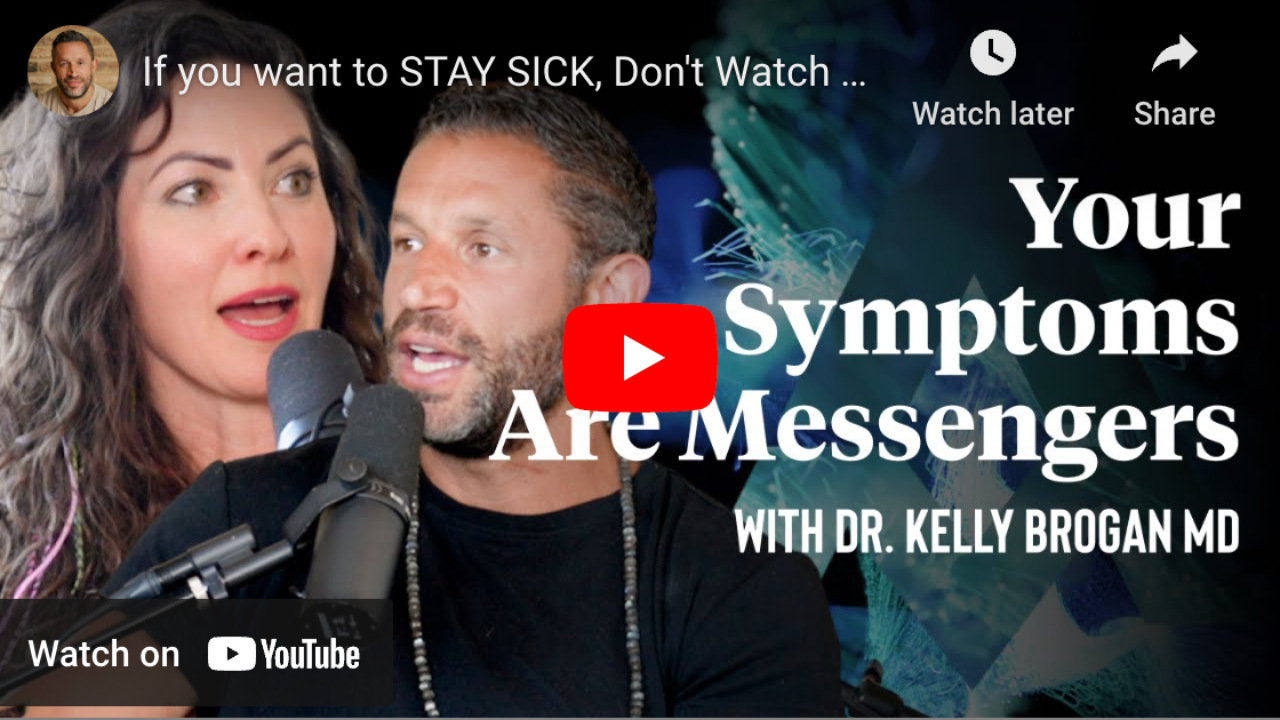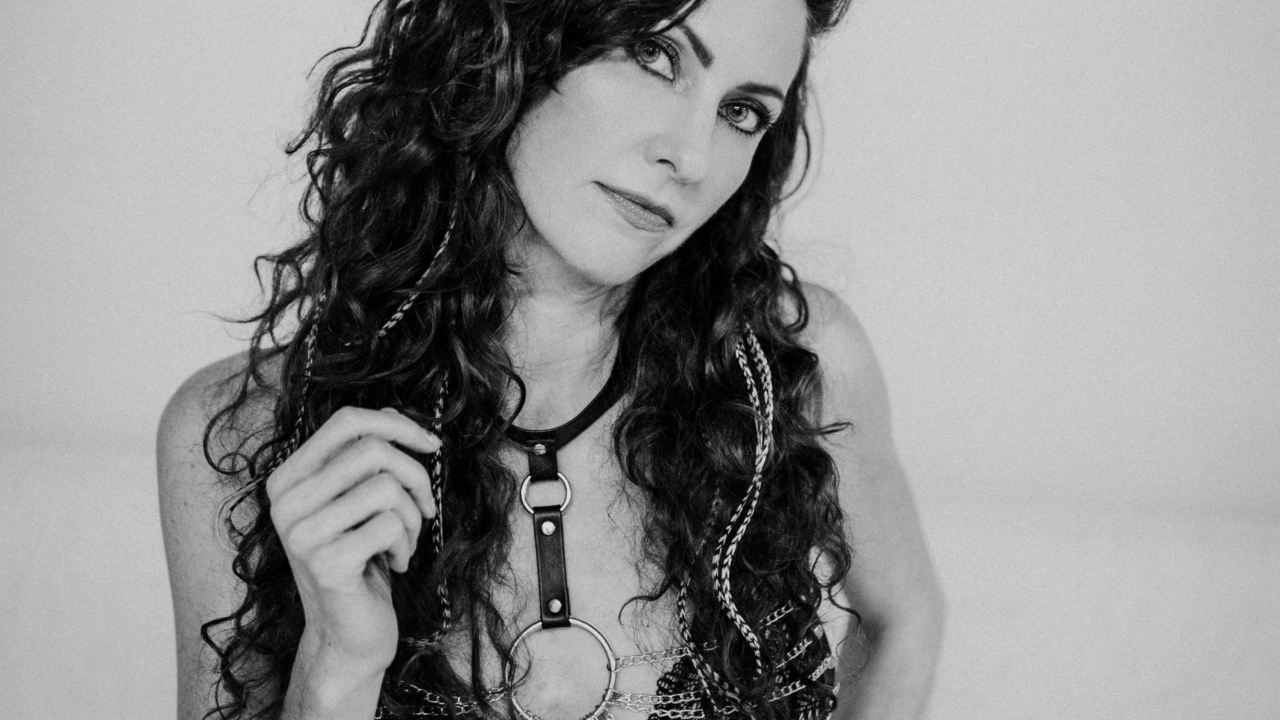Yoga of Eating: Lose the Dogma, Find Yourself

My sordid past
My patients look at me with a mixture of incredulity and disbelief when I try to explain that I’ve been there. I was raised on modern Italian food – pasta, lasagna, pasta, chicken parmigiana, panini, pasta – and, as a sympathetic dominant, have always been naturally thin. Sounds great, right? It means that I became a human garbage disposal for any and all food indulgences possible.
I had a huge appetite, was hungry all the time, and was rehab-level-addicted to sugar and dairy. I ate fast food, candy daily, and cheese on everything.
Then I woke up.
I woke up because I had a new baby and a new diagnosis – Hashimoto’s thyroiditis – and I was offered the escape hatch from a life of synthetic hormones (and multiple secondary diagnoses and meds for the limitations of that approach) by a caring naturopath.
I started with strict orders of gluten and dairy elimination which changed my physiology within a month. You mean women are supposed to poop more than once a week?! It was like taking off a layer of armor I didn’t know I was wearing.
Then came baby number two and a rebound of antibodies (which had been completely quelled) and gut symptoms. I took it to the next level. I went ketogenic. I felt great for two months and then not so great. And then really not great. Hair loss, cloudiness, dryness.
I dove back into the literature, consulted experts, and read and read and read. I began to understand that there was more nuance required, particularly for women. I increased starches and then even included grains, and I landed where I needed to be.
Personalized nutrition
In the ensuing years, I began to hear a voice, deep inside, about what eating was actually all about.
It’s not our fault that we have no idea how to engage the most basic and arguably sacred human relationship to the environment – eating. This confusion stems from our deeper disconnection from self, from our place in the great web of planetary existence, and from each other.
We buy products from strangers to get rid of hunger, to soothe our pain, and to ease our boredom.
Most don’t bother to engage in “healthy eating” efforts because the crossfire of judgment-soaked expertise is too gnarly.
My work with Dr. Nicholas Gonzalez affirmed a deep intuition that we are all meant to eat different things. That our most optimal diet reflects our ancestral co-evolution with the environment. And that we are almost always meant to eat what we love. He did that for patients, and I seek to as well – clear the dogma, the gurus, the rules, and the mandates from their psyche so they can feel into their deepest preferences. There is a joy in this. A pleasure that feels so much more authentic than the fleeting hit of a Snickers bar or a bagel.
I began to see that when I recommended a diet inclusive of grassfed red meat, some of my patients would light up like a Christmas tree and others would seem to gag. This is real. But we haven’t had the opportunity to understand how to tap into this realness.
How did we lose the thread?
Part of the disconnect is the way our mothers ate in utero (my second daughter asks for sauerkraut and sardines as a snack), the way that we were fed (formula, cereal, and sugar all in a hurry), the way conventional medicine tells us our bodies are broken, and what advertising has told us about our deficiencies and the promise of corporate America to fix all that’s wrong.
A new way that’s an old way
In the Yoga of Eating, Charles Eisenstein offers an olive branch to your body. He invites you to reconnect to the only guru you’ll ever need.
From his perspective (and mine):
…”each person is the ultimate authority on his or her bodily requirements, and that the body will reveal its requirements given sufficient attention and trust.”
We are using food, most of us, as palliative medicine for what hurts. Like any other self-medication, it becomes an addiction. This is why I begin my work with patients by “clearing the slate” of addictive foods like alcohol, sugar, coffee, dairy, wheat, and additives to help detox from an unsustainable relationship.
Healing the body and repairing its most primal connection to the earth is a profound entry to lifestyle change. To uphold the principles of mindful eating – unprocessed, organic, whole foods – necessarily brings other aspects of life into tension. Socializing, restauranting, prioritizing work to the exclusion of self-care, even the work itself, and primary relationships may seem to suddenly rest on a poor foundation.
Start here
Changing food invites a revolution of consciousness, and can, as Eisenstein says, “…be a fulcrum about which your entire life changes.”
While I use a therapeutic diet for the first 30 days, the remainder of my time in a healing partnership with patients is focused on cultivating their own self-awareness in nutrition. Here are some general guideposts to help support you in this process:
What are you saying yes to? Eisenstein suggests this query before any and all decision making. By setting an alarm system in your home, are you saying yes to a world that is unsafe? By eating a GMO tortilla chip with your guacamole, are you saying yes to a system of corruption, pollution, and coercion? What about industrial meat? Each time you blindly consume animal food, you may be inviting the energy of all of that animal’s Hellish existence and the corporate infrastructure that imprisons those creatures. In this way, the balance of our food cultivation sets the energetic stage for our own internal harmony. Choose wisely because it matters.
Take 30. Seconds, that is. Take just a moment before you eat and close your eyes. I like to envision the energy of the flora and fauna I’m about to consume, dematerializing into gold shimmers and integrating in through and up out of my body. Sometimes, when I eat animal food, I imagine holding the animal’s face in my hands and thanking it for engaging with me in this energetic way. Try it out, your way.
Give in to cravings. Once we have used willpower to create boundaries and parameters around the elimination of post-industrial-revolution “foods,” then a powerful strategy may be to allow yourself to indulge. If you want to eat a jar of pickles, 700 pecans, or even 8 bars of raw chocolate, then do it. Tell yourself its ok and do it. Not only do these cravings often signal a nutritional need, but giving yourself permission can often extinguish the fire fueling the tension.
Watch the aftermath. Experiential learning is the only type of learning. The rest is a costume our minds try on and take off when it no longer looks right. To connect dots and to learn about your body’s relationship to different foods, you have to be willing to watch for effects and to sit with the discomfort. If you try the aforementioned experiment or if you decide to eat a slice of pizza after a month of real food and then you have a headache and diarrhea, allow that too. Remember it and integrate the experience to help inform you the next time a “false appetite” rears its head.
Eat. Just eat. This is the holy grail for me, and one that I am very much still working on. Eisenstein makes clear that eating is optimized, and so is a deeper relationship to nutrition, when we eat in quiet. He argues that our fears of intimacy have brought food and drink into social connection so that we aren’t subject to staring into each others eyes without distraction. I have been known to eat lunch while listening to a webinar, finishing patient notes, chatting with my office manager, and all in the space of the 15 minute break I allot for myself. When I do that, I’m opting out of the full sensory experience of food as information and food as primal connection. Opt in, even just for five minutes. Even just for the first bite.
Do this because incredible horizons of self-discovery and evolution await you, not because I said so. The Yoga of Eating brings home the truth that:
“Discipline is a crucial part of the spiritual path, but it arises out of a compassionate desire to prevent future suffering, not a hostile crusade to punish, correct, or improve oneself.”
Do this as a gesture of self-love. What we perceive in dietary change as deprivation may actual be the greatest gateway to pleasure and freedom available to us in this lifetime.

Interested in step-by-step support to help you optimize your health?
Vital Life Project is a community for like-minded wellness seekers in search of a better way to live with vitality in a world that can make it challenging to move toward this goal. This monthly membership provides guidance and accountability to help you make small changes in mindset and daily routine that can lead to radical shifts in health reclamation. Click below to learn more.
Want to continue reading?
Enter your details below to read more and receive updates via email.










